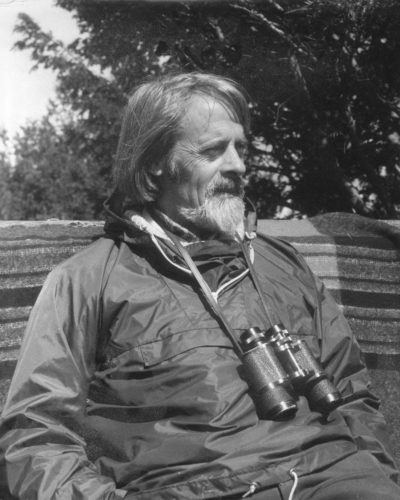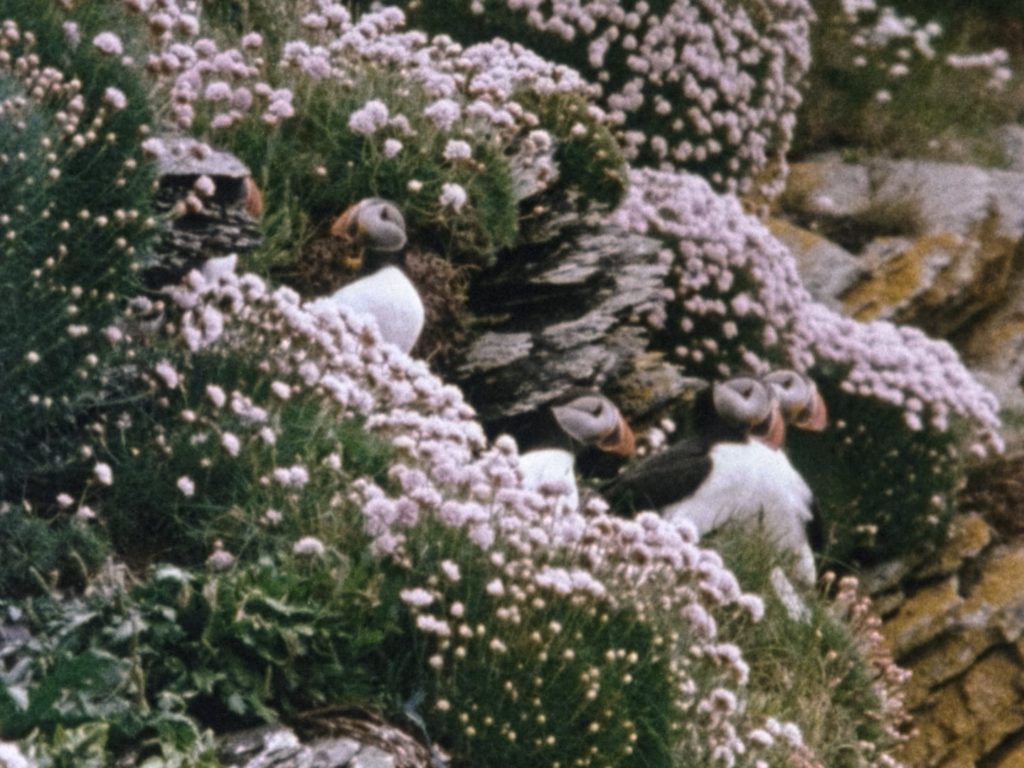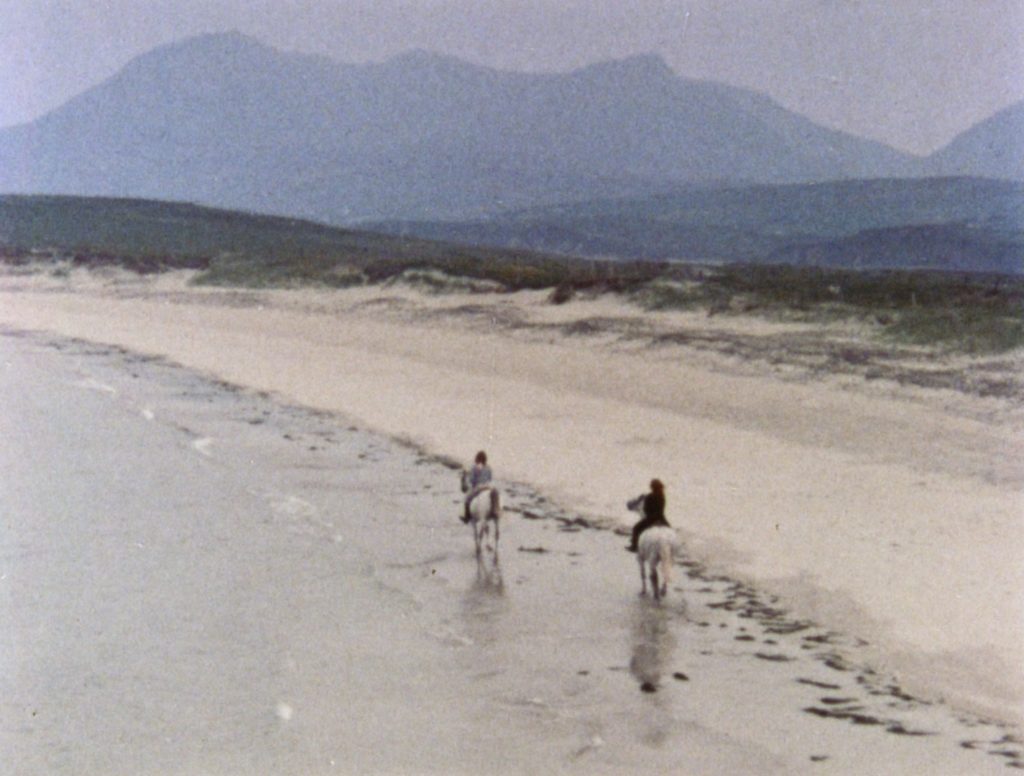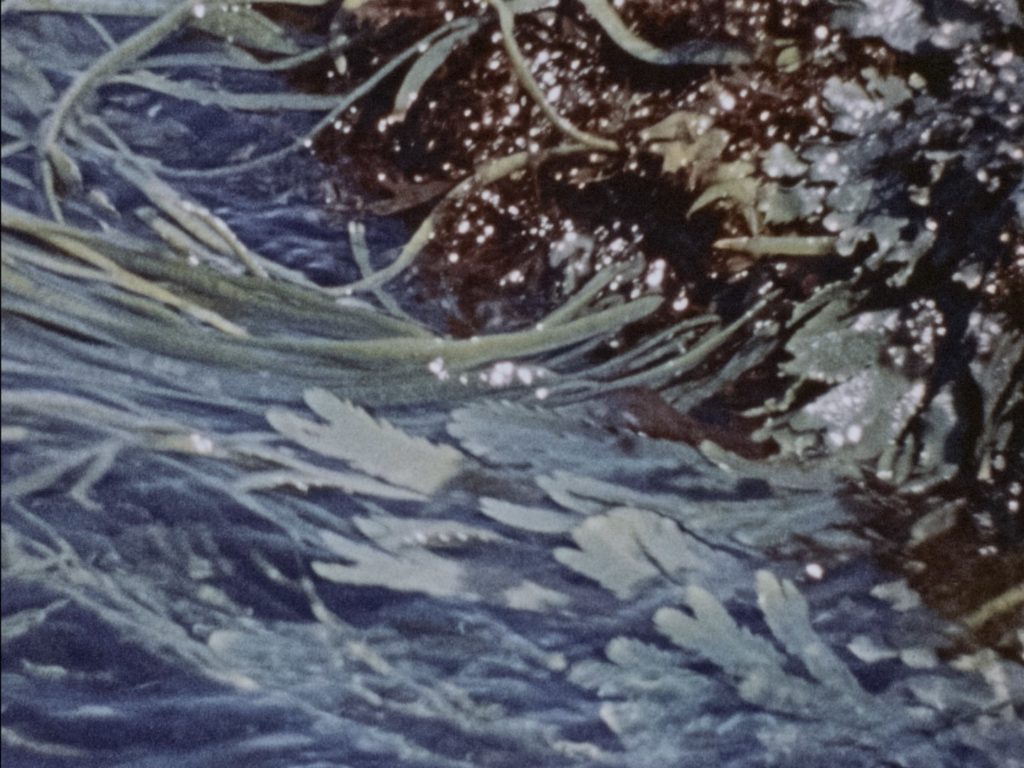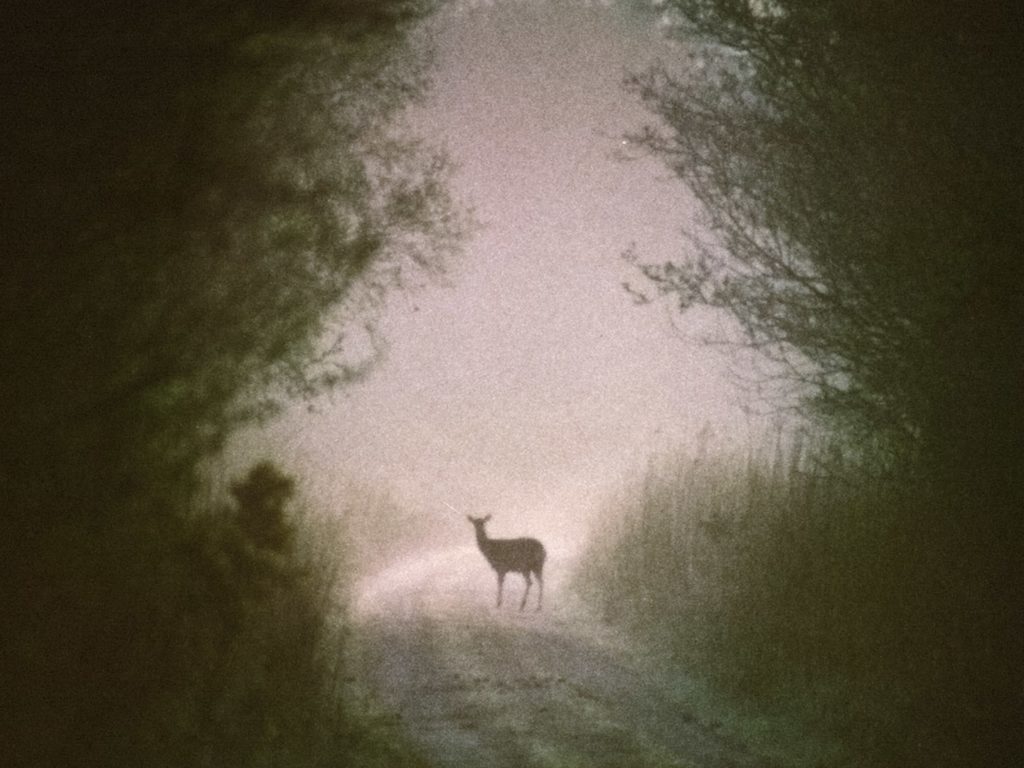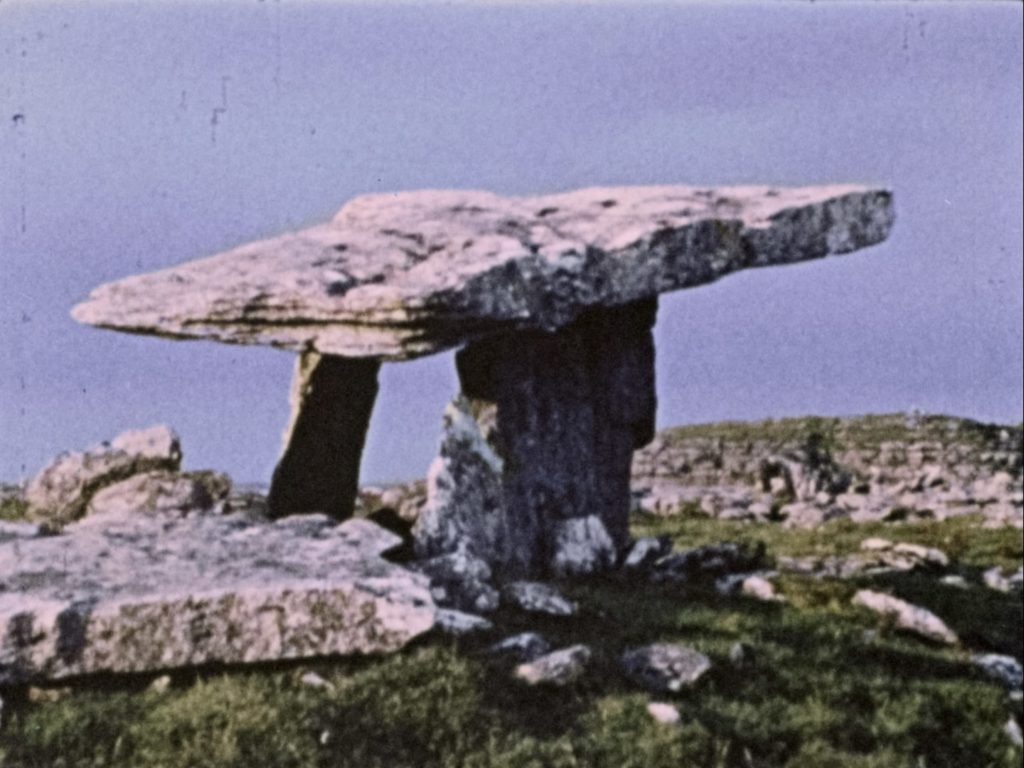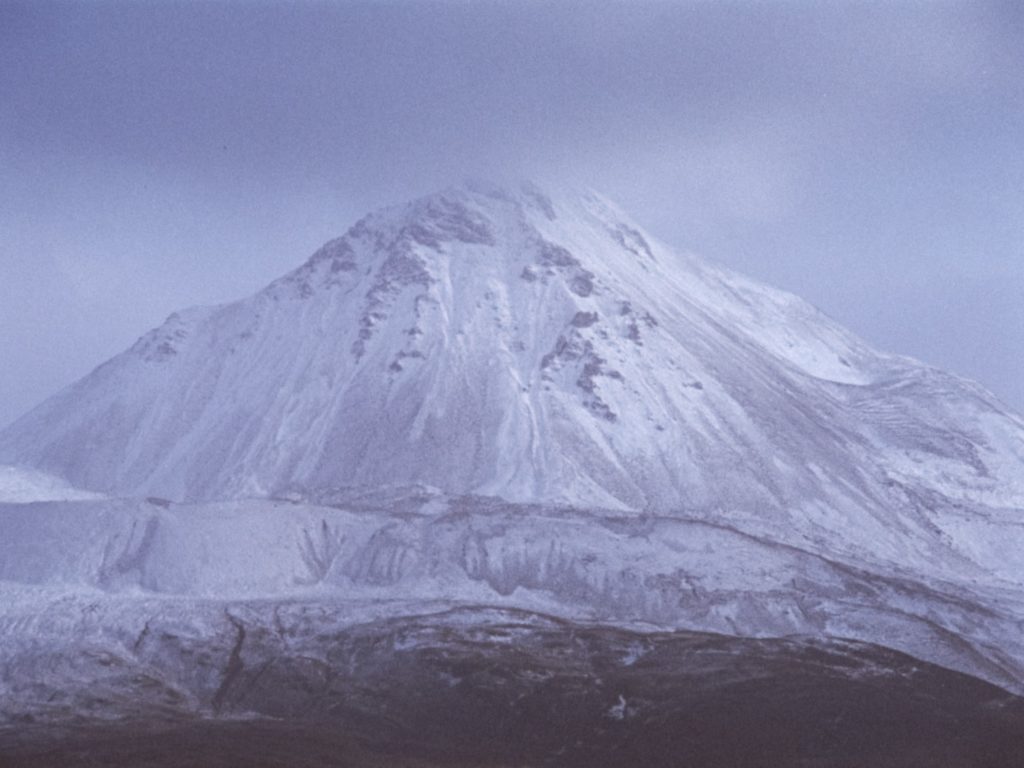The Patrick Carey Collection
Patrick (better known as Paddy) Carey was born in London in 1916. His family moved to Dublin in 1923, where he studied painting at art school before returning to London. Carey began to work as a photographer and cameraman on nature programmes and documentaries both nationally and internationally, including documenting Edmund Hillary’s Everest descent in 1953. He moved to Canada with his wife Vivien to avail of documentary production opportunities offered by the National Board of Canada. He was hired as a cinematographer on the Oscar-nominated and BAFTA-winning Journey into Spring (1957) and on the Oscar-nominated The Living Stone (1959). Carey would continue to work as a second unit camera operator throughout his life on films such as Stanley Kubrick’s Barry Lyndon (1975) and Black Beauty (1971) as well as second unit director on Fred Zinnemann’s A Man For All Seasons (1966).
In the early 1960s Carey returned to Ireland and established Aengus Films with Vivien in 1964. He filmed and directed primarily short, pictorial, landscape films commissioned by the Department of External Affairs. His first film, Yeats Country (1965) achieved huge international recognition and was nominated for an Academy Award in 1966. This was followed by a series of lyrical and evocative films depicting the landscape, flora and fauna of Ireland. This collection delves into a range of subjects: Ireland’s pagan festival Samhain and megalith tombs in Mists of Time; the tale of Oisín, son of Celtic warrior Fionn MacCumhaill; a battle of Donegal mountains in Errigal; the relentless landscape of the west of Ireland in Waves; traditional, rural daily life in Reflections – Ireland; and a study of the Beara Peninsula in Beara. He returned to Canada in the early 1970s and continued to work in Britain, Ireland, Canada and the United States for the rest of his life.
Paddy Carey’s observational and reflective work was filmed with the eye of a practised artist. Mesmerising close-ups of eddying rock pools, crashing waves, misty mountain peaks, and breath-taking sunsets are presented without geographic specificity. The films do not follow an educational form more common in recent nature documentary. Many are non-narrated with soundscape provided simply by remarkable audio recordings of nature, and, occasionally, scores by Irish musicians such as Brian Boydell and Paddy Moloney of The Chieftains. Locations are unpopulated and largely devoid of signs of human intervention in a romantic projection of Ireland which begs further appreciation and respect for the landscape.
